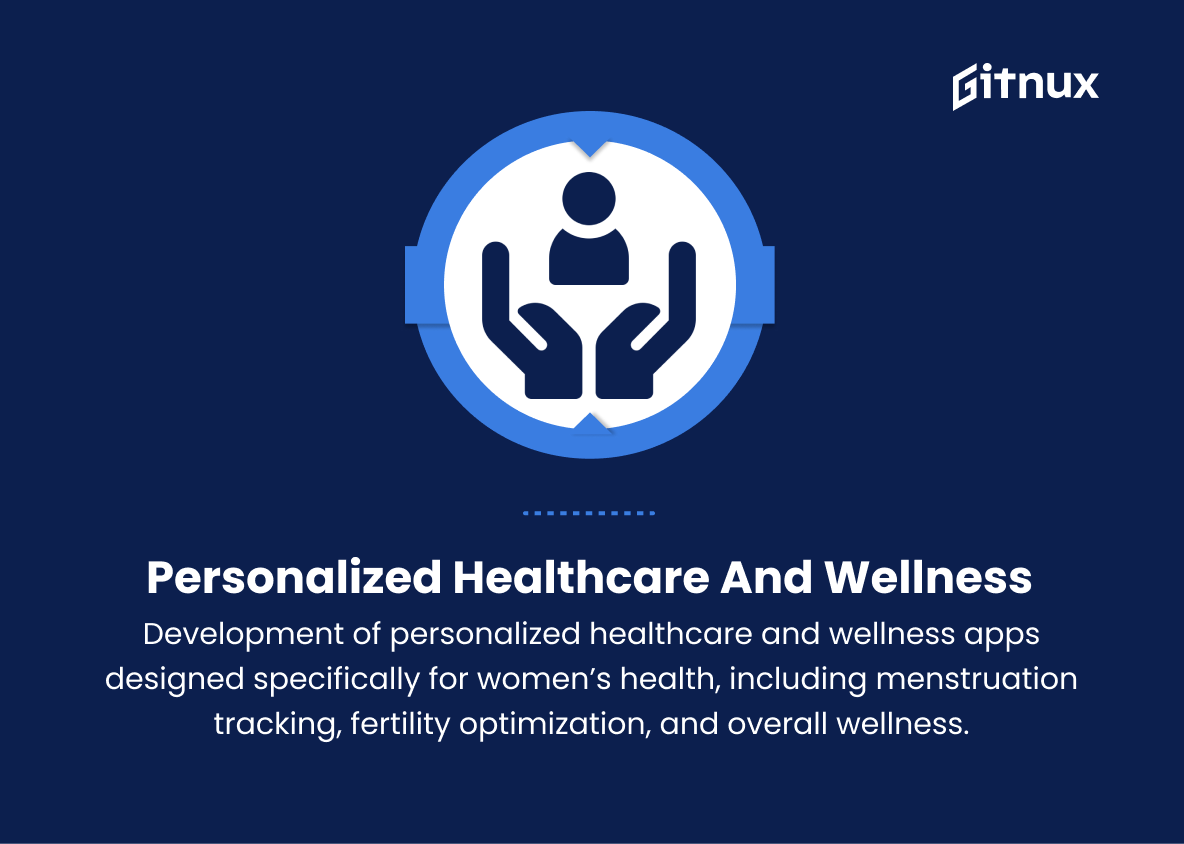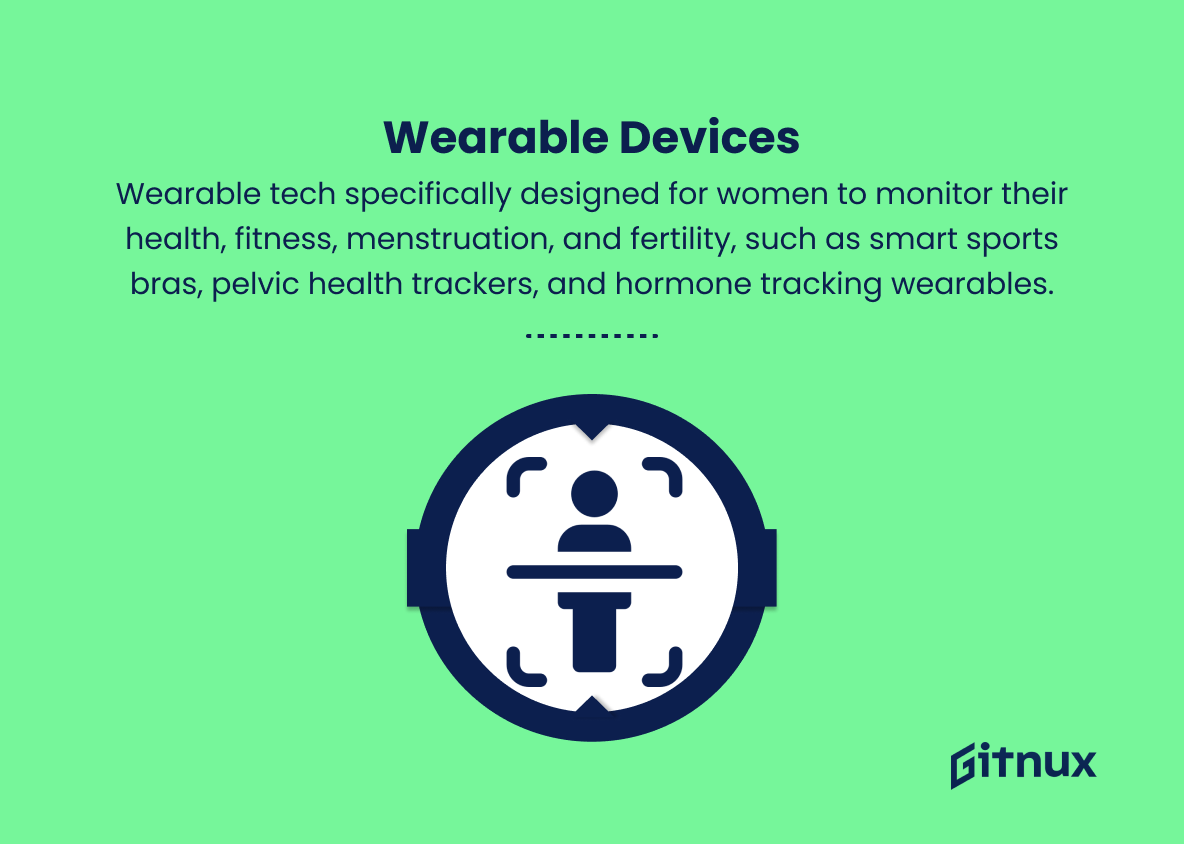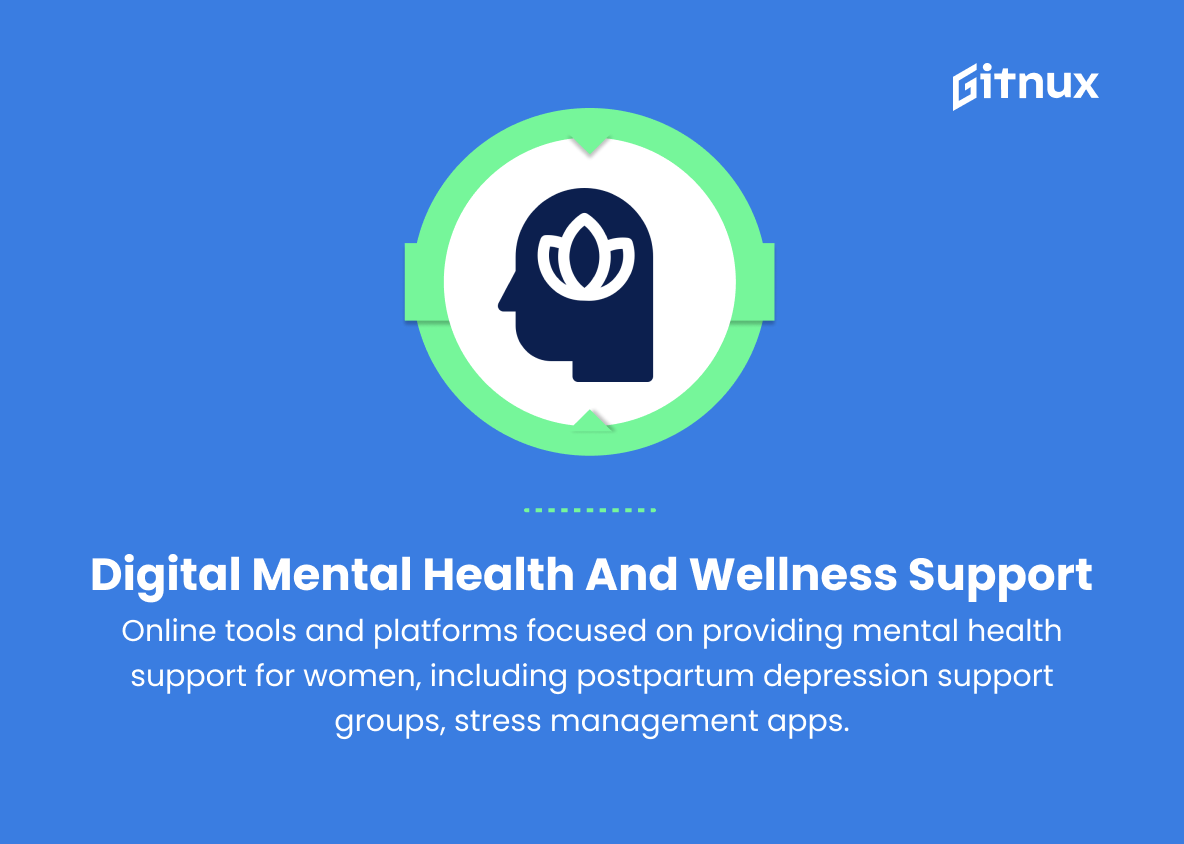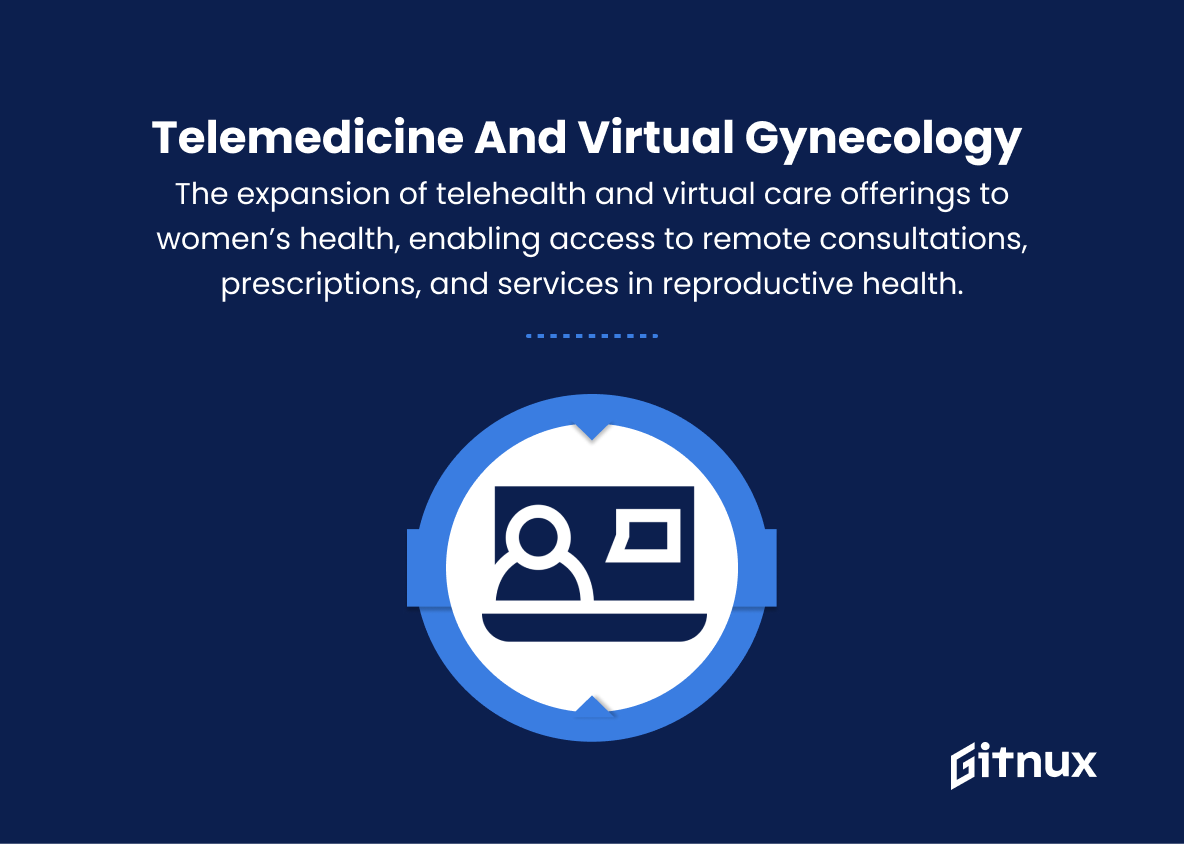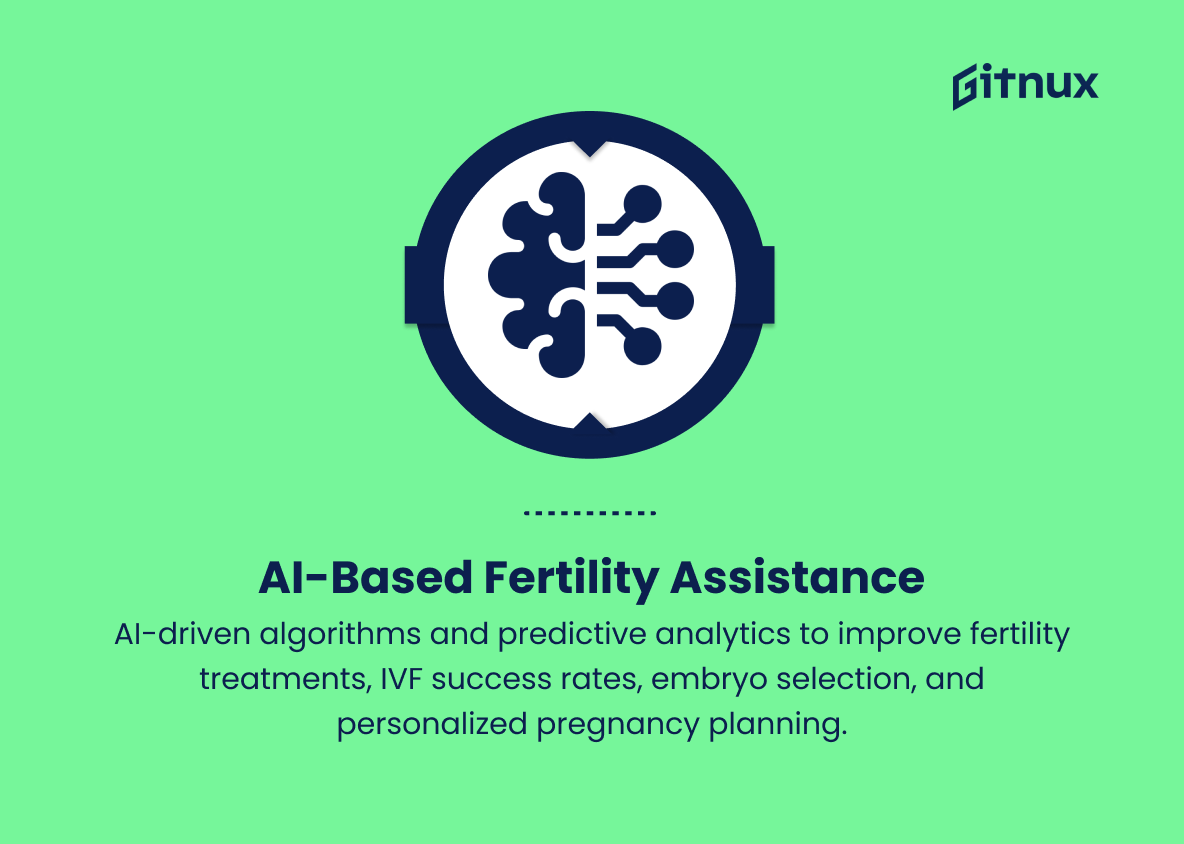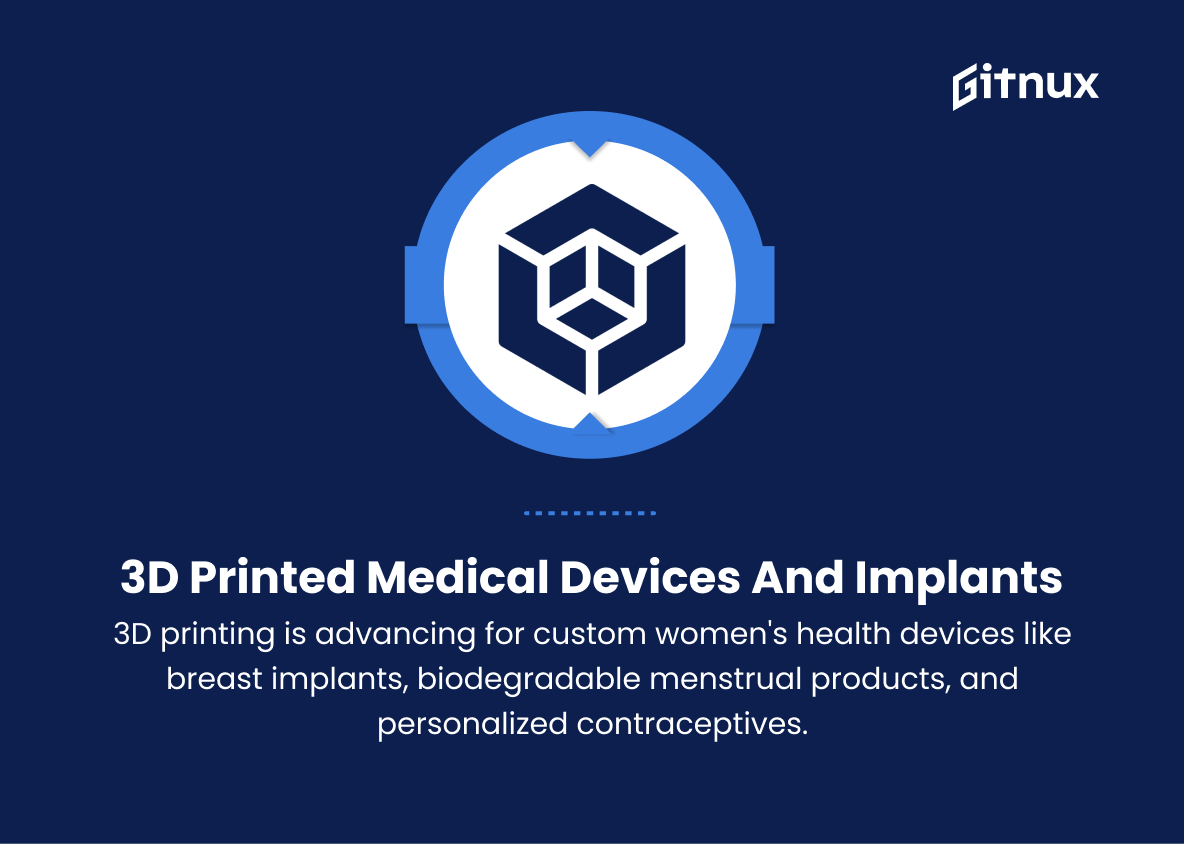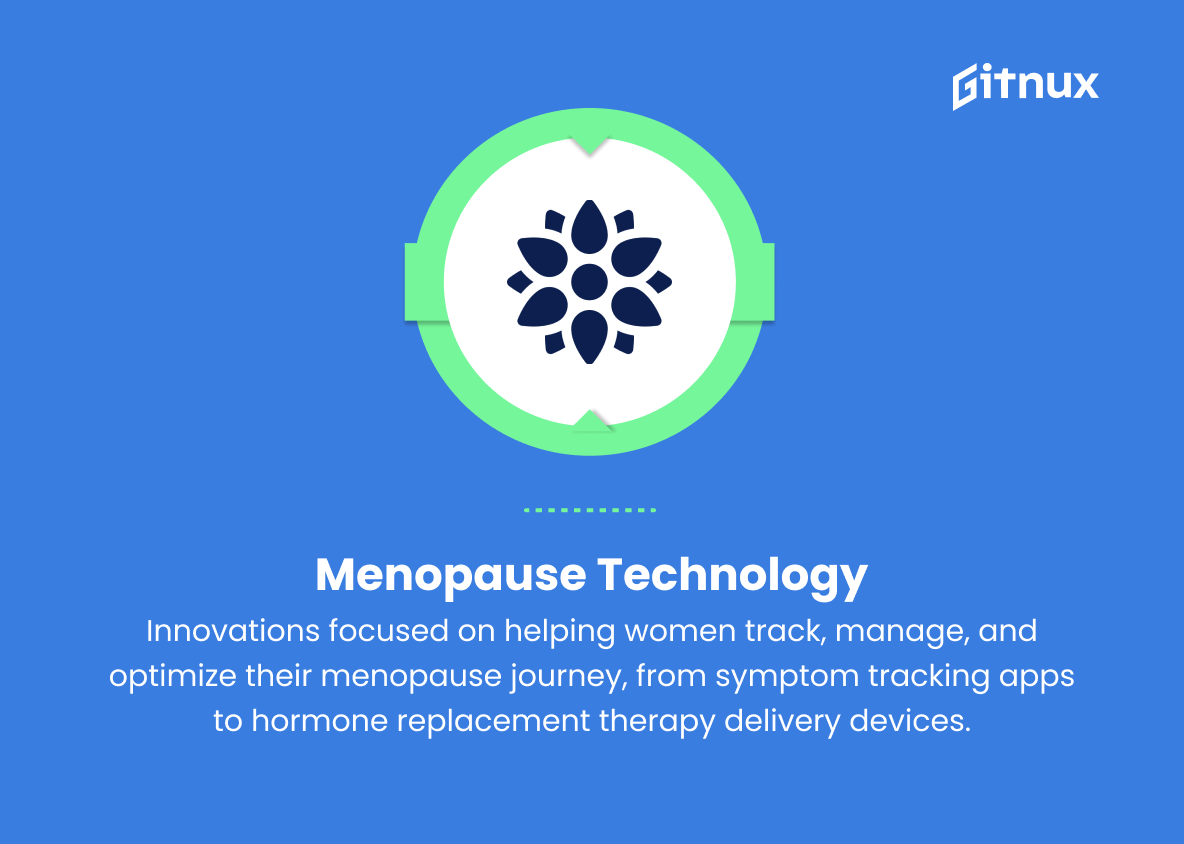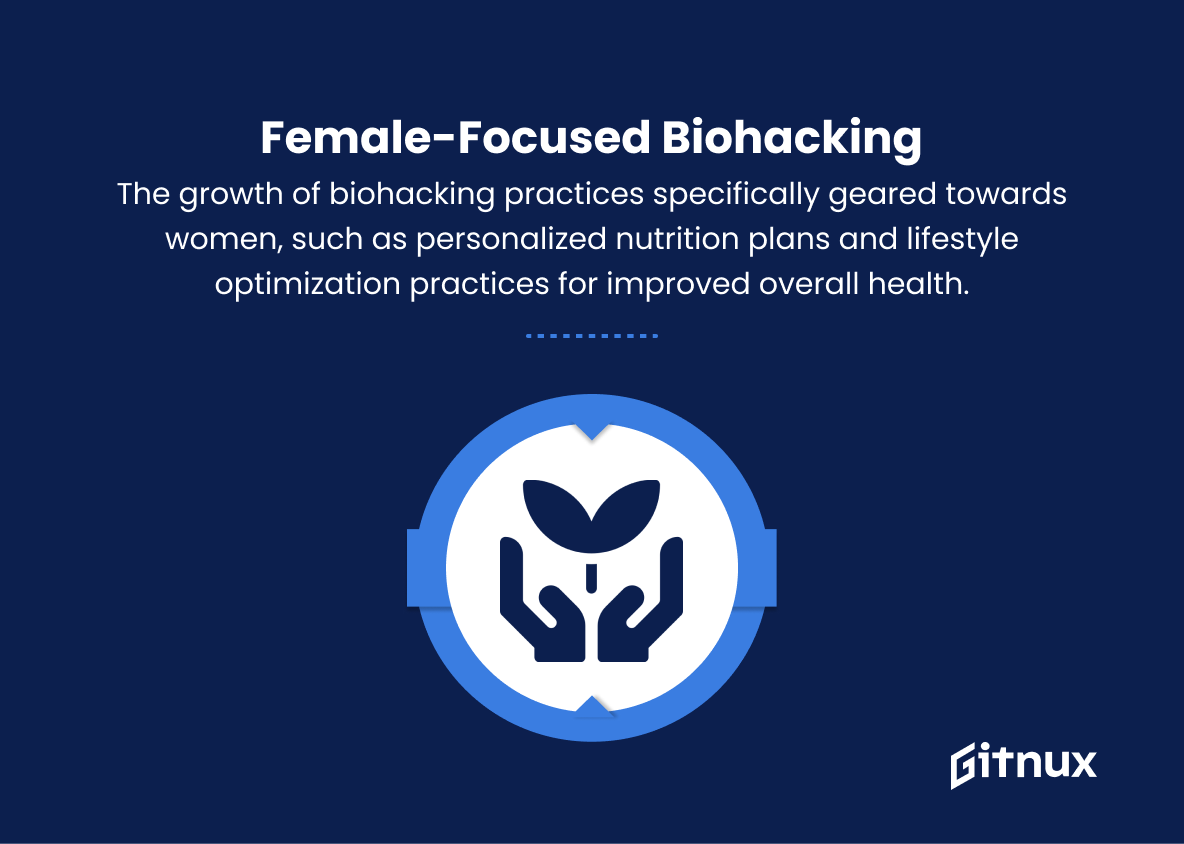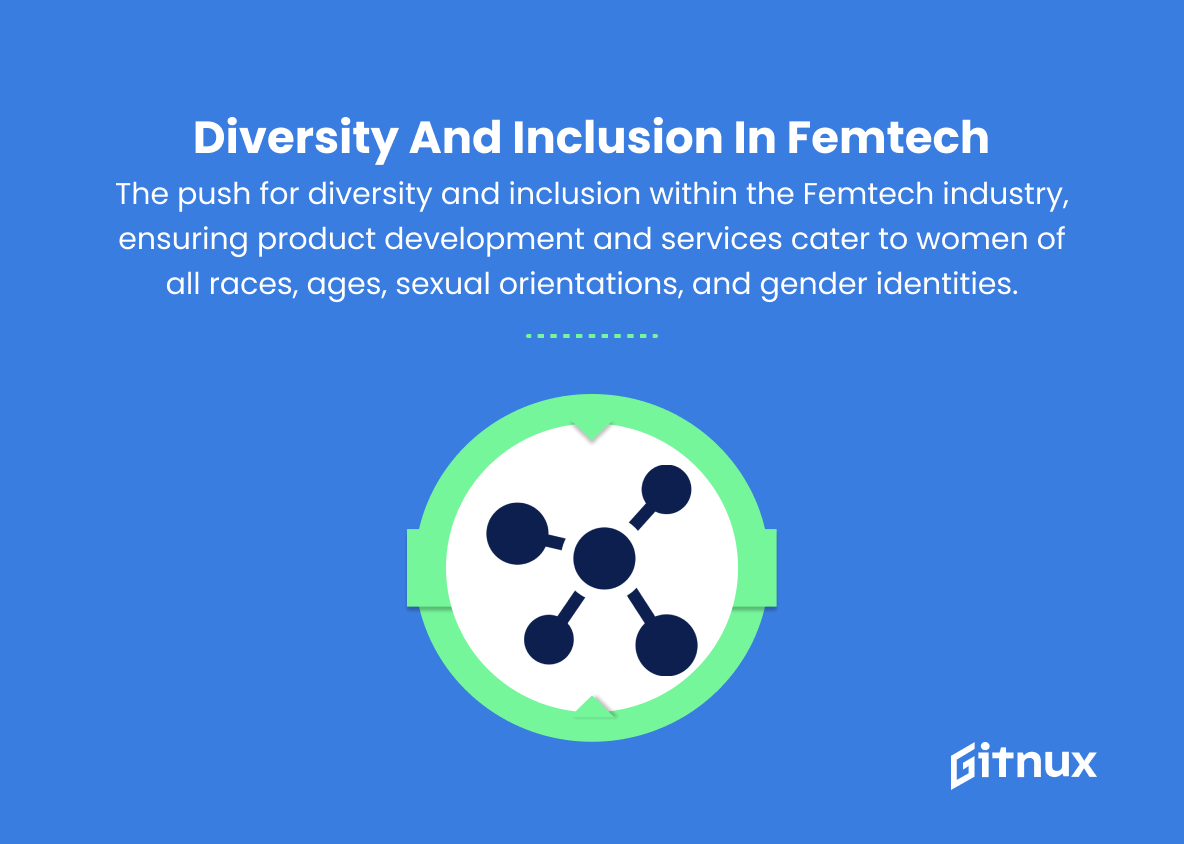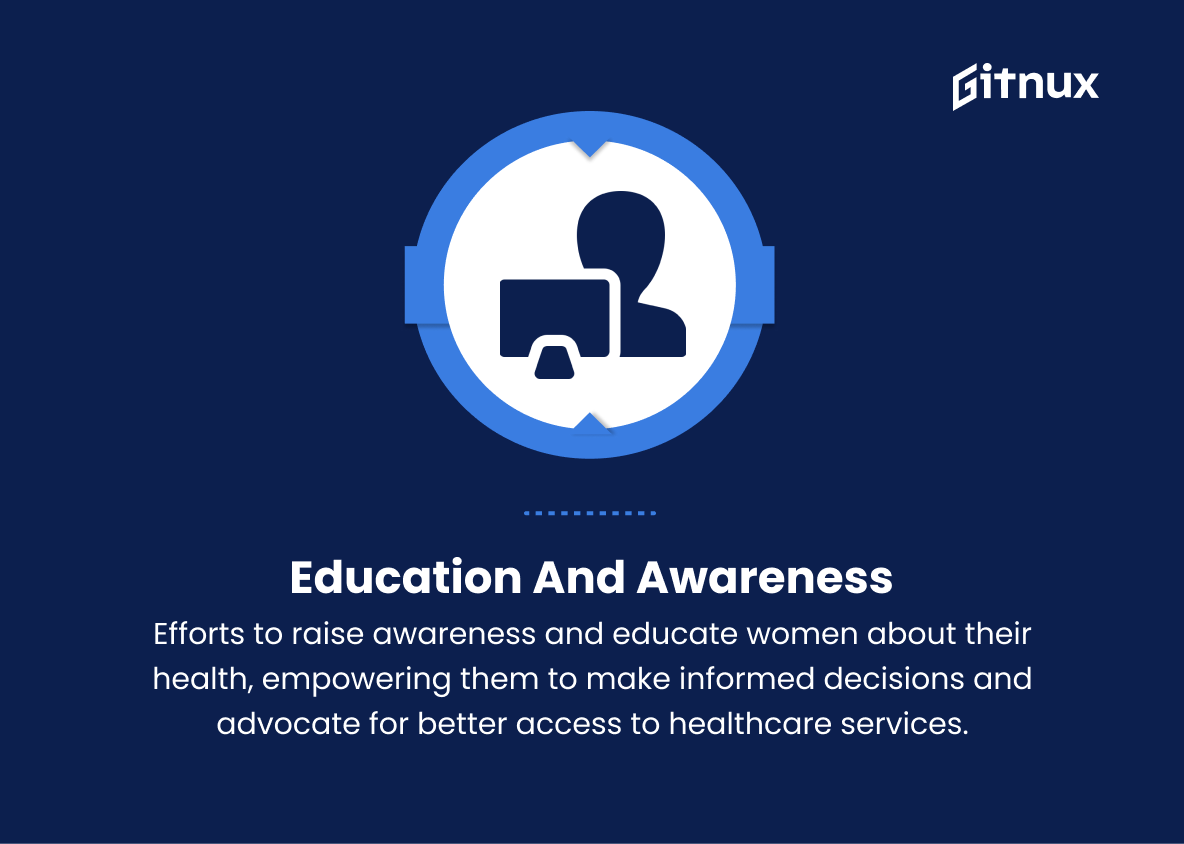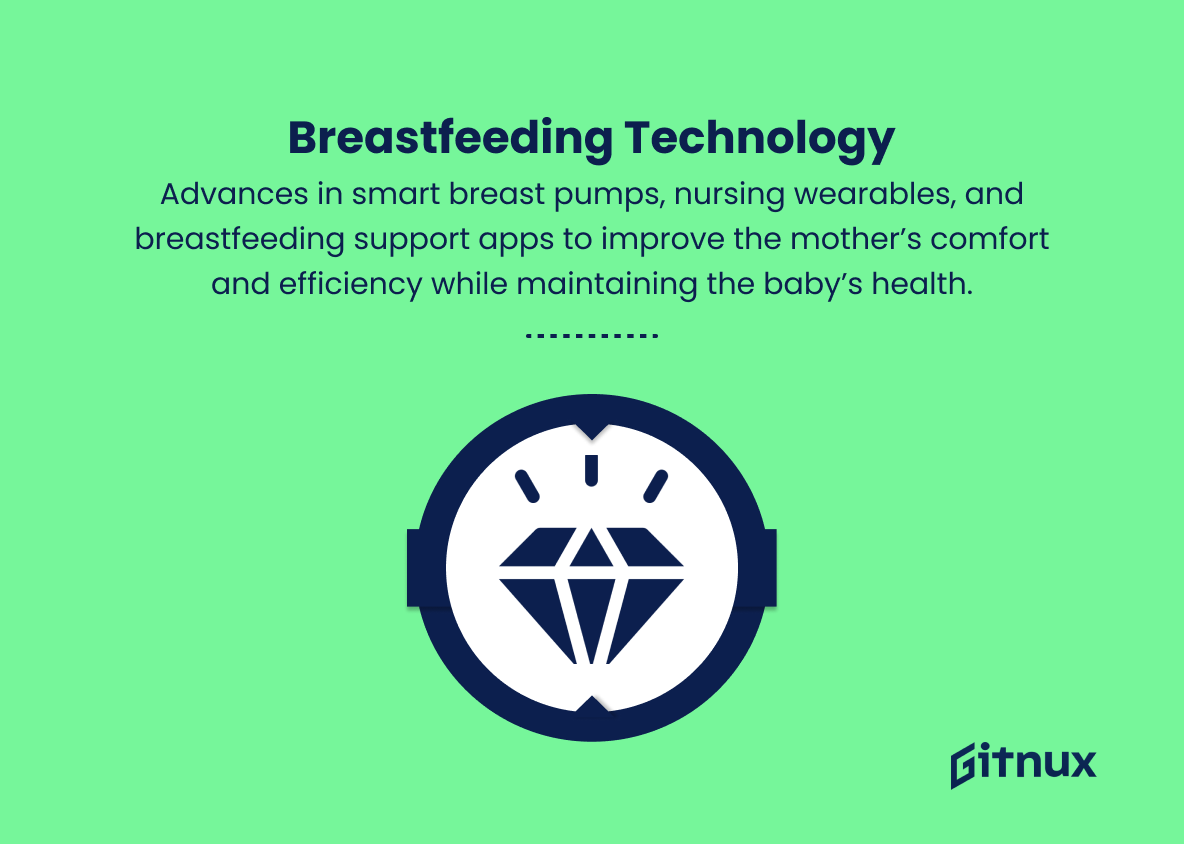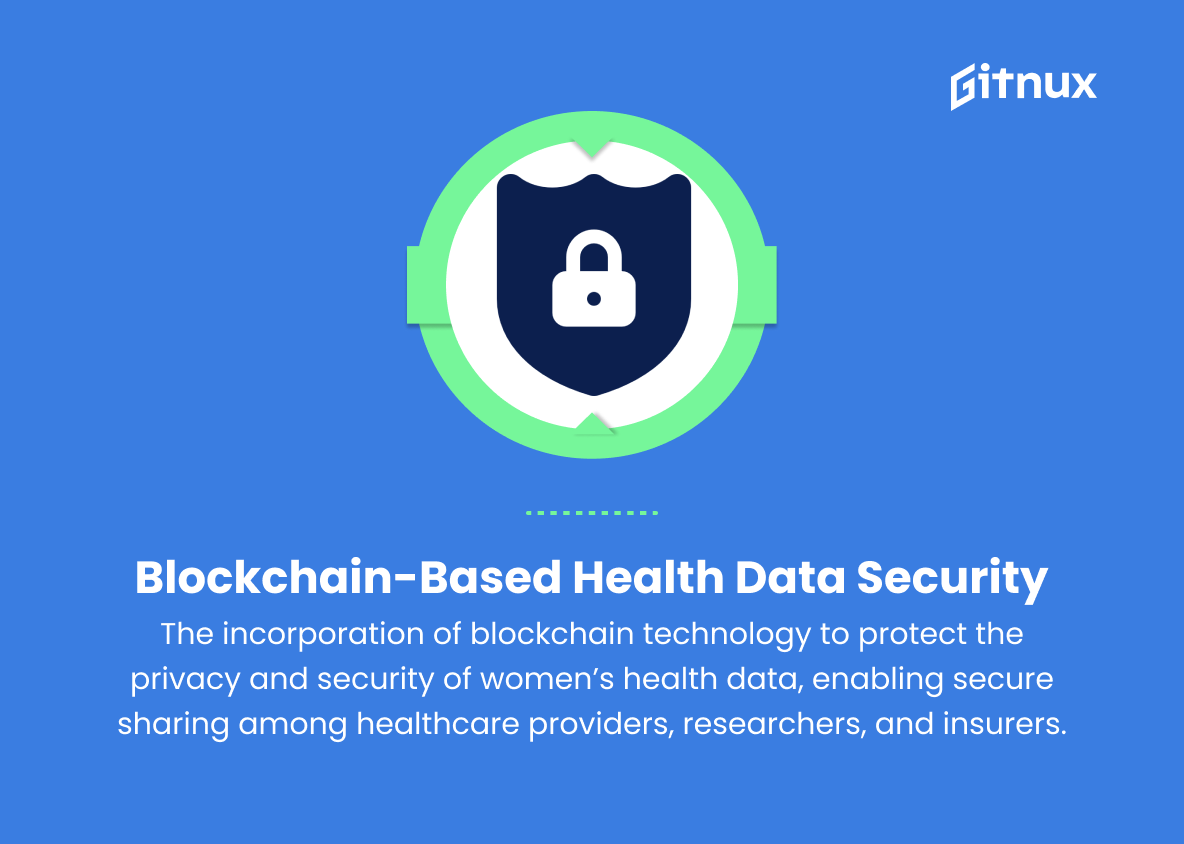As the world of technology continues to evolve at a rapid pace, the need for gender inclusivity has become more evident than ever. With a growing female user base, the emergence of Femtech – technology specifically designed to address women’s health and wellbeing – has been making significant strides in recent years.
In this insightful blog post, we delve into the latest trends, groundbreaking innovations, and industry challenges within the Femtech sphere. Join us as we explore this new era in women-centric technology and discuss how it is revolutionizing healthcare, lifestyle, and overall empowerment for women worldwide.
Top Femtech Trends
1. Personalized Healthcare and Wellness Apps
Development of personalized healthcare and wellness apps designed specifically for women’s health, including menstruation tracking, fertility optimization, menopause management, and overall wellness.
2. Wearable Devices
Wearable tech specifically designed for women to monitor their health, fitness, menstruation, and fertility, such as smart sports bras, pelvic health trackers, and hormone tracking wearables.
3. Digital Mental Health and Wellness Support
Online tools and platforms focused on providing mental health support for women, including postpartum depression support groups, stress management apps, and gender-specific therapy services.
4. Telemedicine and Virtual Gynecology Services
The expansion of telehealth and virtual care offerings to women’s health, enabling access to remote consultations, prescriptions, and services in gynecology, obstetrics, and reproductive health.
5. AI-based Fertility Assistance
AI-driven algorithms and predictive analytics to improve fertility treatments, IVF success rates, embryo selection, and personalized pregnancy planning.
6. At-home Testing and Diagnostics
Innovations in at-home testing kits for women’s health issues, such as sexually transmitted infections (STIs), hormonal imbalances, breast cancer screening, and genetic testing for hereditary conditions.
7. 3D Printed Medical Devices and Implants
Advances in 3D printing technology for the creation of medical devices and implants specific to women’s health, such as custom-made breast implants, biodegradable menstrual products, and personalized contraceptive devices.
8. Gamification of Femtech
Incorporation of gamification elements into women’s health apps and platforms to promote user engagement, motivation, and adherence, such as offering rewards, challenges, and social interaction features.
9. Menopause Technology
Innovations focused on helping women track, manage, and optimize their menopause journey, from symptom tracking apps to hormone replacement therapy delivery devices.
10. Female-focused Biohacking
The growth of biohacking practices specifically geared towards women, such as personalized nutrition plans, nootropic supplementation, and lifestyle optimization practices for improved overall health and wellbeing.
11. Gender-specific Medical Research
Increased focus on funding and conducting medical research specifically tailored to better understand women’s health issues, resulting in improved prevention, diagnosis, and treatment options.
12. Diversity and Inclusion in Femtech
The push for diversity and inclusion within the Femtech industry, ensuring product development, marketing, and services cater to women of all races, ages, sexual orientations, and gender identities.
13. Education and Awareness
Efforts to raise awareness and educate women about their health, empowering them to make informed decisions and advocate for better access to healthcare services.
14. Smart Breast Pumps and Breastfeeding Technology
Advances in smart breast pumps, nursing wearables, and breastfeeding support apps to improve the mother’s comfort and efficiency while maintaining the baby’s health.
15. Blockchain-based Health Data Security
The incorporation of blockchain technology to protect the privacy and security of women’s health data, enabling secure sharing among healthcare providers, researchers, and insurers.
Implications
The rise of femtech trends will create significant implications in the healthcare landscape, transforming women’s health and wellness experiences. From personalized healthcare apps and wearable devices, women will now have access to tailored health monitoring solutions and remote consultations with medical professionals through telemedicine and virtual gynecology services. Artificial intelligence will revolutionize fertility assistance, while at-home testing and diagnostics bring convenience and privacy to women’s health management.
Innovations such as 3D printed medical devices, gamification, menopause technology, and female-focused biohacking will enhance women’s health experiences, paving the way for better treatments and preventive care. With gender-specific medical research and improved diversity and inclusion in Femtech, a more comprehensive understanding and approach to women’s healthcare will emerge, driving education and awareness efforts.
The integration of smart breastfeeding technology allows mothers to balance their comfort with their child’s health, and blockchain-based health data security safeguards the sensitive health information of women worldwide. These Femtech trends will ultimately revolutionize women’s healthcare, leading to improved prevention, diagnosis, and treatment options specifically tailored for women’s needs.
Conclusion
As the Femtech industry continues to flourish, we can expect to see even more innovative solutions and advancements in women’s health, well-being, and empowerment. With the potential to revolutionize the way women have traditionally been treated by the healthcare system, Femtech trends indicate a bright future for gender-specific medicine and services. Collaborative efforts between various stakeholders, startups, governments, and non-profit organizations will shape the trajectory of this fast-growing sector.
As we embrace this new era in digital health, it is vital that we continue to challenge stereotypes and promote inclusivity, emphasizing the importance of women’s health and well-being in the global conversation. Ultimately, the rise of Femtech trends not only benefits women, but it contributes to a healthier and more equitable society as a whole.
